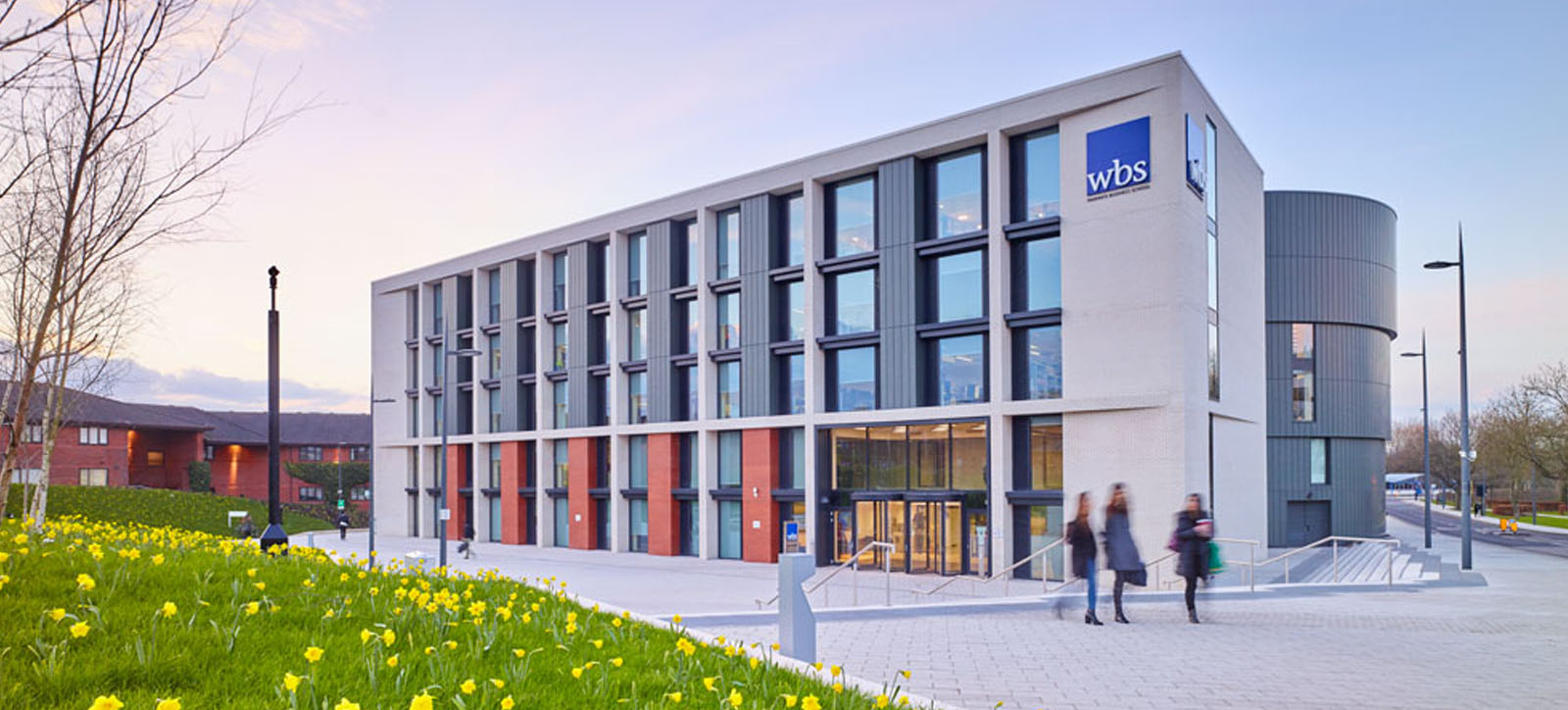
As part of Government plans for the UK to be net zero by 2050 national emissions will be reduced as far as possible, and the rest balanced by schemes to offset an equivalent amount of greenhouse gases (GHGs).
Tree-planting will play a part; the process of converting light energy into chemical energy via photosynthesis absorbs CO2 and emits oxygen. However, this natural capacity is limited by one key factor: land mass.
As our climate crisis deepens, tree-planting strategies will only take the country so far before it reaches a deadend - or the UK's coastlines.
If the GHG emissions created by any country exceed the capacity of a forest equal to its land mass, then that nation must look to other sources in order to ameliorate its pollution.
Last year, the UK created more than 450 million tonnes of carbon dioxide equivalent (tCO2e) GHG emissions. To remove this level of pollution via photosynthesis would require more than 580 million acres of forest. That’s a land mass nearly 10 times the size of the UK and more than 70 times larger than the country's current available woodland.
It’s reasonable to say that, mathematically, the UK is currently relying on the rest of the world’s forests to clean its air. Consequently, we need to examine all realms to find new ways to reduce emissions.
One of the possibilities is sustainable IT in business. Business plays a significant role in the UK's GHG contributions due to the country's geographic and socio-economic profile.
Transport is the largest contributor, emitting 26 per cent of all pollution caused by 808 billion annual passenger miles. It’s followed by energy supply (25 per cent), business (17 per cent), agriculture (10 per cent) and waste management (four per cent).
But due to industry's need for goods to be transported, employees to commute and operations to be powered, UK business contributes significantly to the top three GHG emission sources.
The UK Government recognises this; since last year, all quoted companies operating in the UK, large unquoted companies and large limited liability partnerships (LLPs), Government departments, non-ministerial departments, agencies and non-departmental public bodies have been subject to annual mandatory GHG emissions reporting.
The organisations subject to this newly expanded legislation are categorised as the ‘service sector’. They collectively employ 16.1 million people, with 10.7 million working in large companies and 5.37 million in the public sector.
This represents 50 per cent of the UK's total workforce (32.4 million). The service sector consumes 32 per cent of all UK electricity, with 11 per cent attributed to the use of IT solutions. As a result, IT is the service sector’s third largest consumer of electricity behind lighting (14.5 per cent) and cooling and ventilation (13.4 per cent), creating an estimated 7.8 million of annual tCO2e GHG emissions.
IT GHG emissions are typically accounted for by organisatoins as scope 2 - indirect emissions from the generation of purchased electricity, steam, heating and cooling. But there are also scope 3 - all other indirect emissions that occur in a company's value chain. - 'people-based’ GHG emissions associated with business IT.
Companies are only slowly realising their wider impacts and responsibilities. Statistics indicate that almost 11 million service sector workers commute by car and 67 per cent use computers to conduct their work. This equates to almost 31 billion car miles per year being travelled to access IT systems, generating 12.6 million tCO2e annual emissions.
Combined, the UK service sector produces more than 20m tCO2e of IT-related emissions annually. It would take 24 million acres of forest to balance up that level of pollution – or a woodland almost half the size of the UK.
UK businesses need to consider new ways and means to shrink their corporate carbon footprints. Adopting bold steps to measure, account for and reduce GHG emissions through innovative sustainable IT solutions is critical if the UK is to achieve net zero by 2050.
The emissions created by running computer devices and data centres – plus commuting to and from work – are areas with significant potential for improving carbon footprints.
As the UK looks to a post-COVID future with a Government pledging to back green energies this presents a great opportunity for companies to review and plan new IT strategies that are consistent with addressing another urgent global challenge.
This article is republished from My Green Pod. Read the original article.
Further reading:
Dahlmann, F. and Bullock, G. (2020) "Nexus thinking in business : analysing corporate responses to interconnected global sustainability challenges", Environmental Science & Policy, 107, 90-98.
Dahlmann, F., Stubbs, W., Raven, R. and Porto de Albuquerque, J. (2020) "The ‘purpose ecosystem’ : emerging private sector actors in earth system governance", Earth System Governance, 100053.
Frederik Dahlmann is Associate Professor of Strategy and Sustainability and teaches Business and Sustainability on the Executive MBA (London) and Enhancing Business Performance Through Governance on the Executive MBA as well as the Global Environment of Business on the Undergraduate programme.
Justin Sutton-Parker is studying for a PhD in IT Sustainability and Director, Northern Europe at IT multinational Citrix.
For more articles on Sustainability sign up to Core Insights here.




 X
X Facebook
Facebook LinkedIn
LinkedIn YouTube
YouTube Instagram
Instagram Tiktok
Tiktok